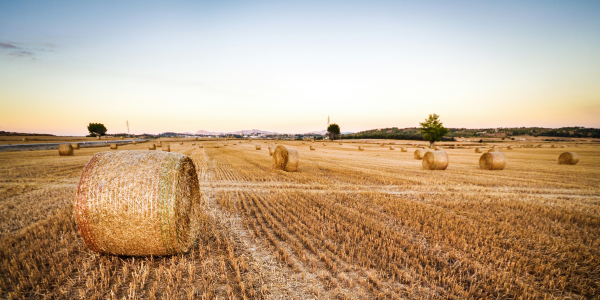Hay has gained significant value as a sought-after commodity. Finding high-quality hay is a formidable task, and once located, it comes at a steep price. Securing a reliable hay source is crucial, and ensuring its proper storage is essential to maintain its quality and ensure it lasts throughout the winter. Depending on your location in North America, the availability of next year’s hay crop may not occur until the months of June through October. The last thing you want to do is lose your hay in the winter due to poor storage. Here are some tips that can help! Also, if you are looking for a horse property for sale in Colorado, contact Colorado Horse Property today and speak with one of our horse-person realtors.
Winter Storage for Your Hay
Safeguarding your investment necessitates the use of a robust, top-tier tarp. Failing to adequately cover the stack’s top leaves it vulnerable to moisture intrusion from rain and snow, potentially jeopardizing the entire hay supply. The choice of stack placement is crucial; opt for a raised, well-drained area, akin to other structures on your horse property. Ensure convenient access for initial deliveries and efficiency for your ongoing use of the hay. To safeguard the bottom bales from moisture, it’s imperative to elevate the stack using a barrier or structure. Placing hay directly on the ground can lead to moisture absorption, resulting in molding and rotting at the base. Utilize materials such as wood or plastic pallets, or create a substantial foundation with a thick layer of straw flakes.
If placing the stack directly on the ground is unavoidable, ensure the cut edge of the bale faces downward, with the strings positioned to the side for easier removal of damaged hay. You have the flexibility to determine the height of your hay stack. When hand-stacking, it typically ranges from four to eight layers high. If your hay is delivered using equipment like a haystack retriever, it arrives in a prestacked configuration, typically nine layers high, eliminating the need for further adjustments. The weight may vary, but it generally falls within the range of 3 to 5 tons.



